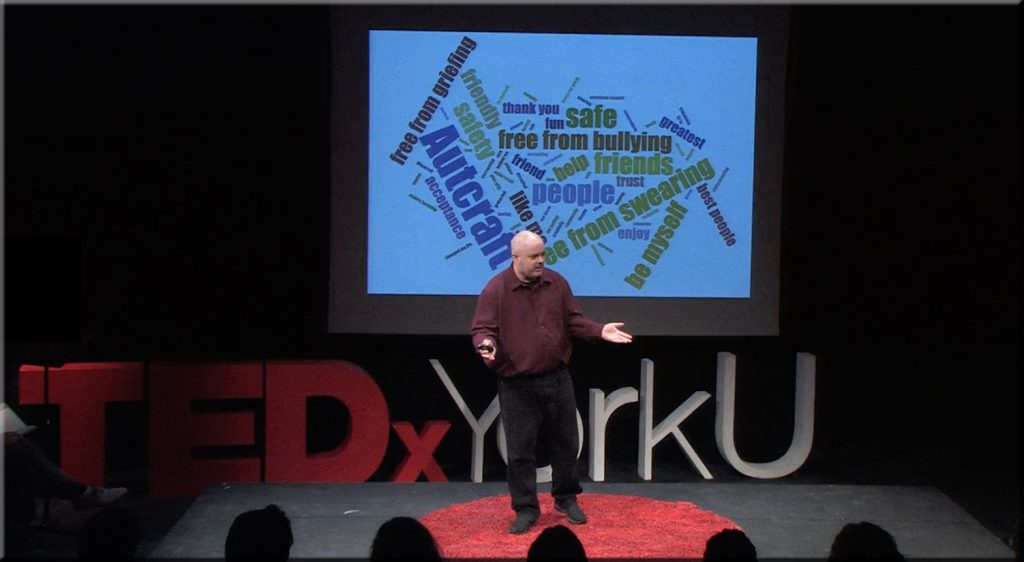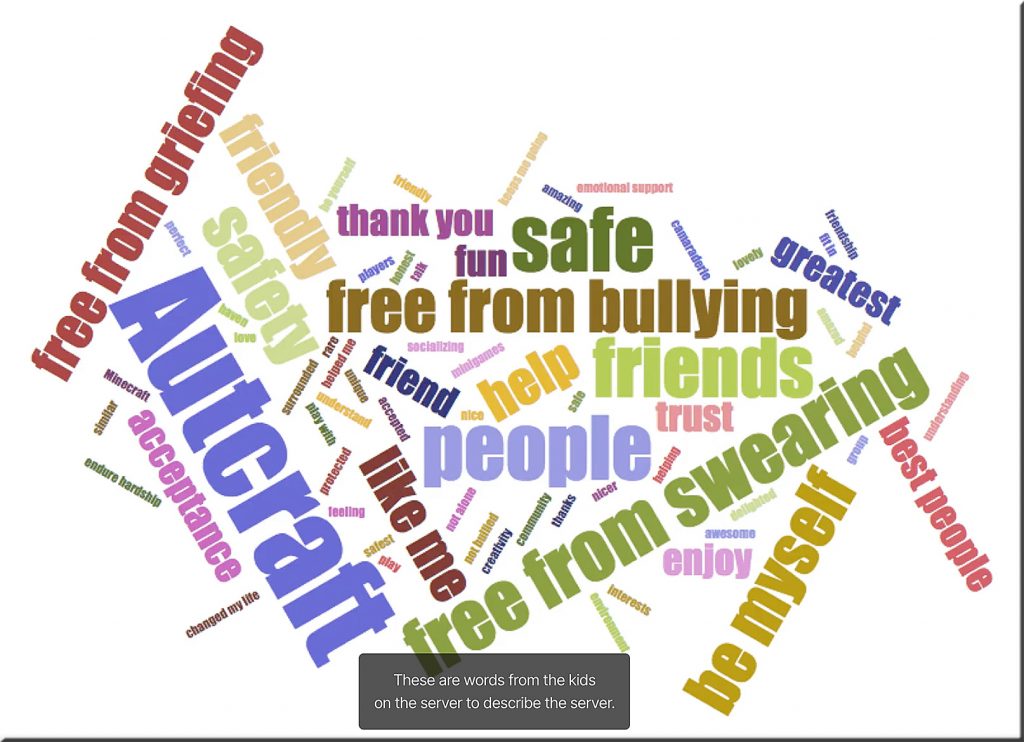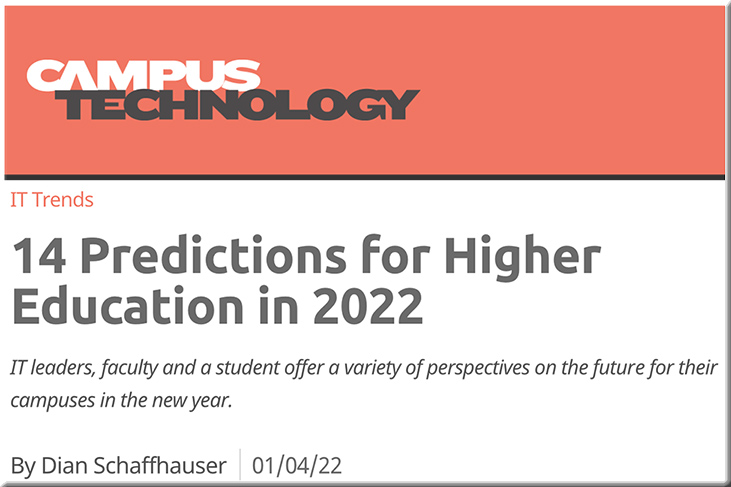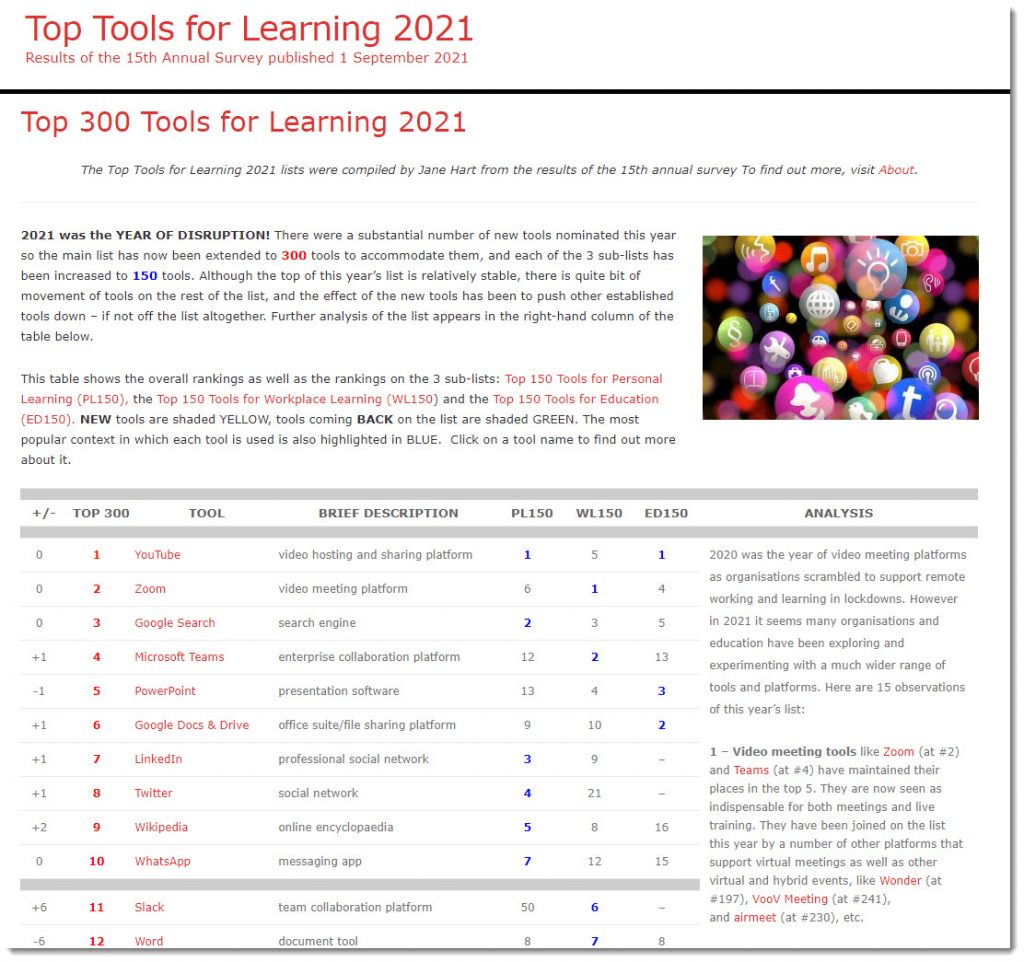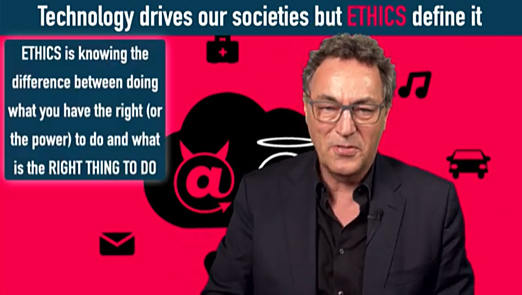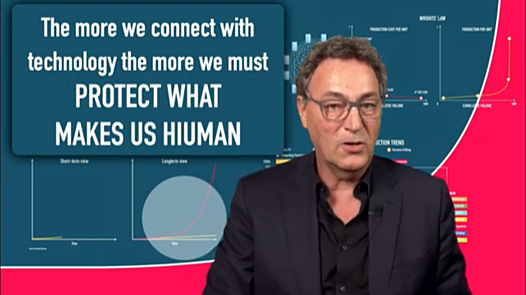Why the World’s First Virtual Reality High School Changes Everything — from steve-grubbs.medium.com by Steve Grubs
Excerpts:
The recipe required key ingredients to happen. In addition to an accredited school to manage students, admissions and the for-credit learning, it also needed a platform. That’s where EngageVR comes in. There are other platforms that will ultimately host schools, perhaps AltSpace, Horizon or others, but the first is on Engage.
…
The bottom line is this: creators, coders, educators, entrepreneurs, investors, corporations, parents and students all played a role in finally bringing the first global virtual reality high school to life. It won’t be the last school to open in the metaverse, but to all those involved in this inaugural launch — the Neil Armstrongs of your age — a special tip of the hat today for having the vision and the willingness to launch a better and more equitable era of education.
Also see:
- World’s First Metaverse VR High School Speech & Debate Tournament Announced for March — from victoryxr.com
- NFT in Edu: What Does the Future Hold? — from gettingsmart.com by Rachelle Dené Poth
- Geo Guessing Is Even More Fun In VR On The Meta Quest — from vrscout.com by Kyle Melnick










